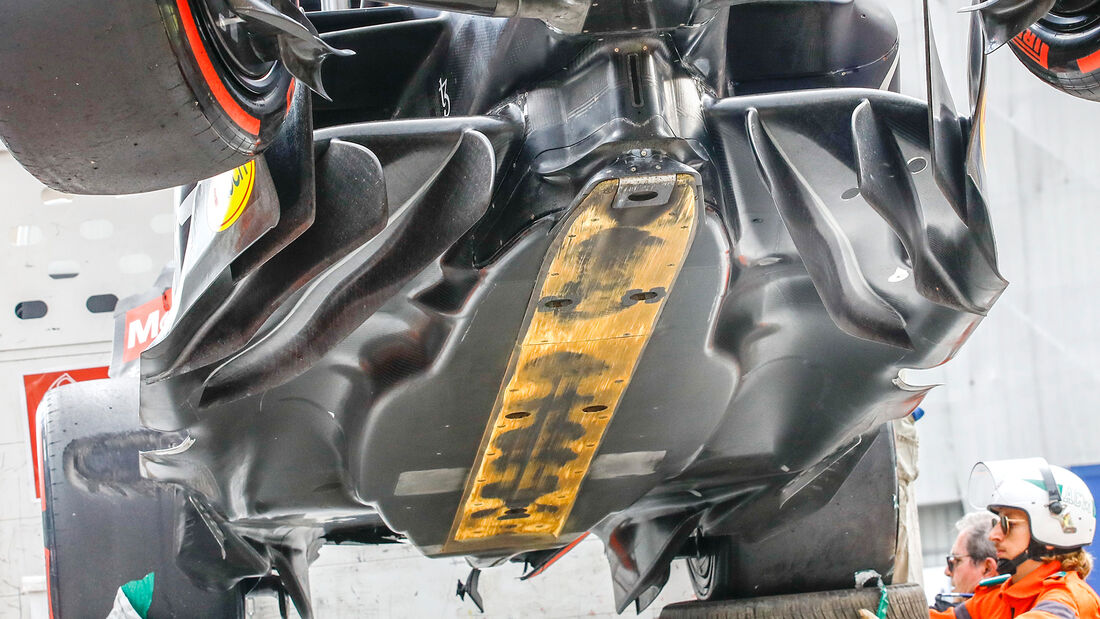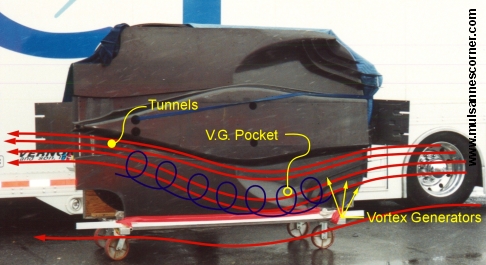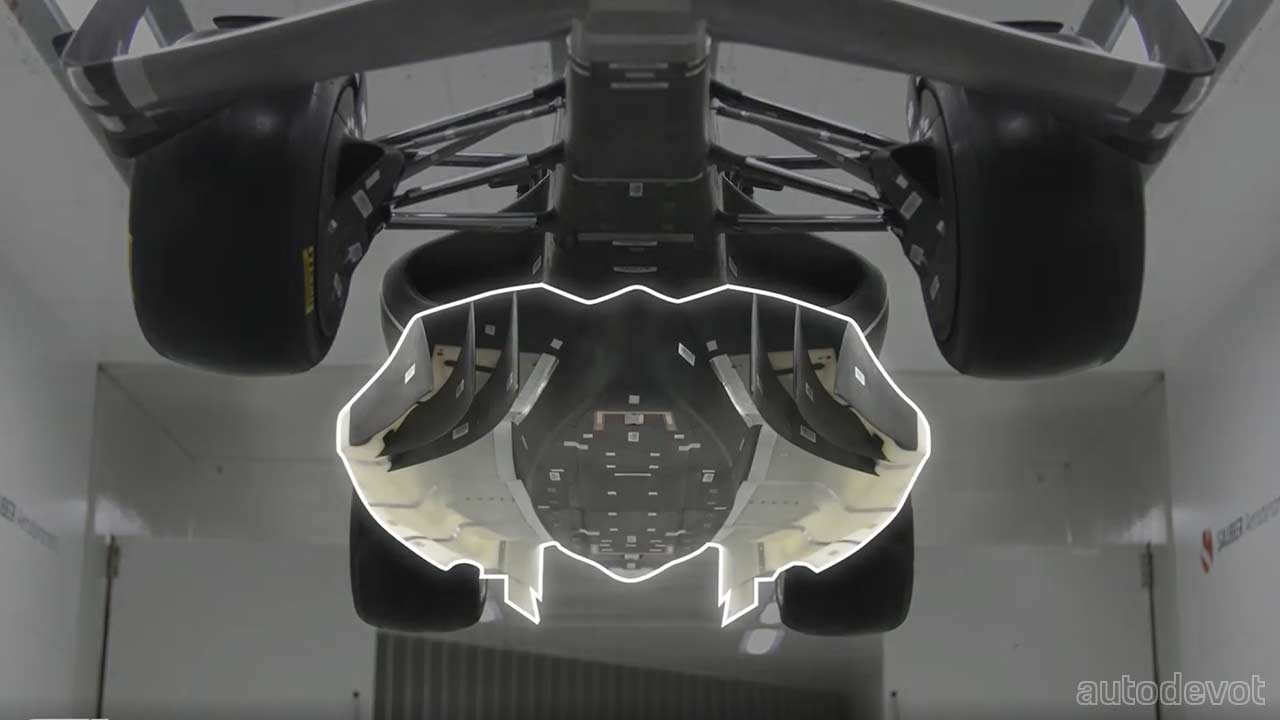If bargeboards are not forbidden, would team use strakes again?
Strakes produce lots of vortices, is better to have laminar flow or vortex flow under the car?
Bagerboard stop dirty flow from front tire wake do go under tha car , so why they install these strakes that produce dirty air under the car?





